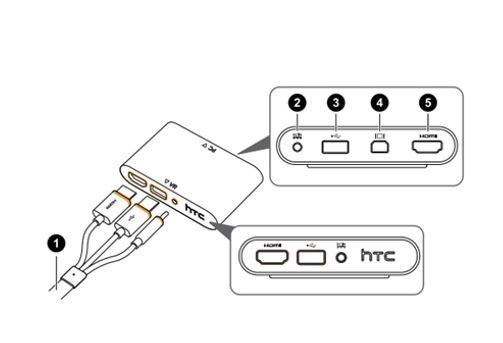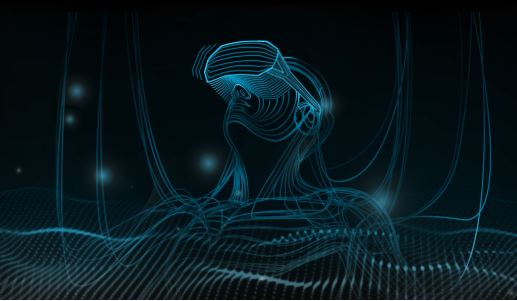The future development direction of PC VR equipment should be completely wireless. In the process of advancement, it is necessary to establish a new standard to unify basic specifications such as USB, power supply, audio and video output.
On the morning of July 18th, the new industry alliance led by NVIDIA, Oculus, Valve, AMD, and Microsoft today launched the VirtualLink specification, an open industry standard that enables next-generation VR headsets without the need for multiple cables. A high bandwidth USB Type-C cable connects to PCs and other devices.
Specifically, VirtualLink is connected to the VR head and provides four high-speed HBR3 DisplayPort channels that can be expanded to meet future needs, USB3.1 data channels that support high-resolution cameras and sensors, and up to 27 watts of power.
Take the current HTC Vive head display as an example. The headset requires three lines (HDMI, USB, and power) to connect to the stream box. The stream box is connected to the computer via HDMI (or miniDP), USB, and power.

The new connection method of VirtualLink is a USB-C alternative mode, which simplifies and speeds up the VR setup time, avoids the major difficulties in the use of VR, and enables small devices with fewer ports to provide users with an immersive VR experience. For example, a thin laptop.
At the same time, it is optimized for latency issues and bandwidth requirements, enabling head-mounted and PC manufacturers to deliver next-generation VR experiences.
With the support of the giants, the VirtualLink 1.0 specification will be officially announced soon. For more info visit the Virtuallink official website.

Related Posts
Why VR headsets are so Expensive? Here Are The Main Reasons
Best VR Headsets for An Immersive Experience in 2023
Meta Quest 3: Price, Release Date, and Everything So Far
What is Spatial Computing and How Does it Work?
Top 8 technology buzzwords that you should know in 2023
Applications utilizing the idea of the Metaverse